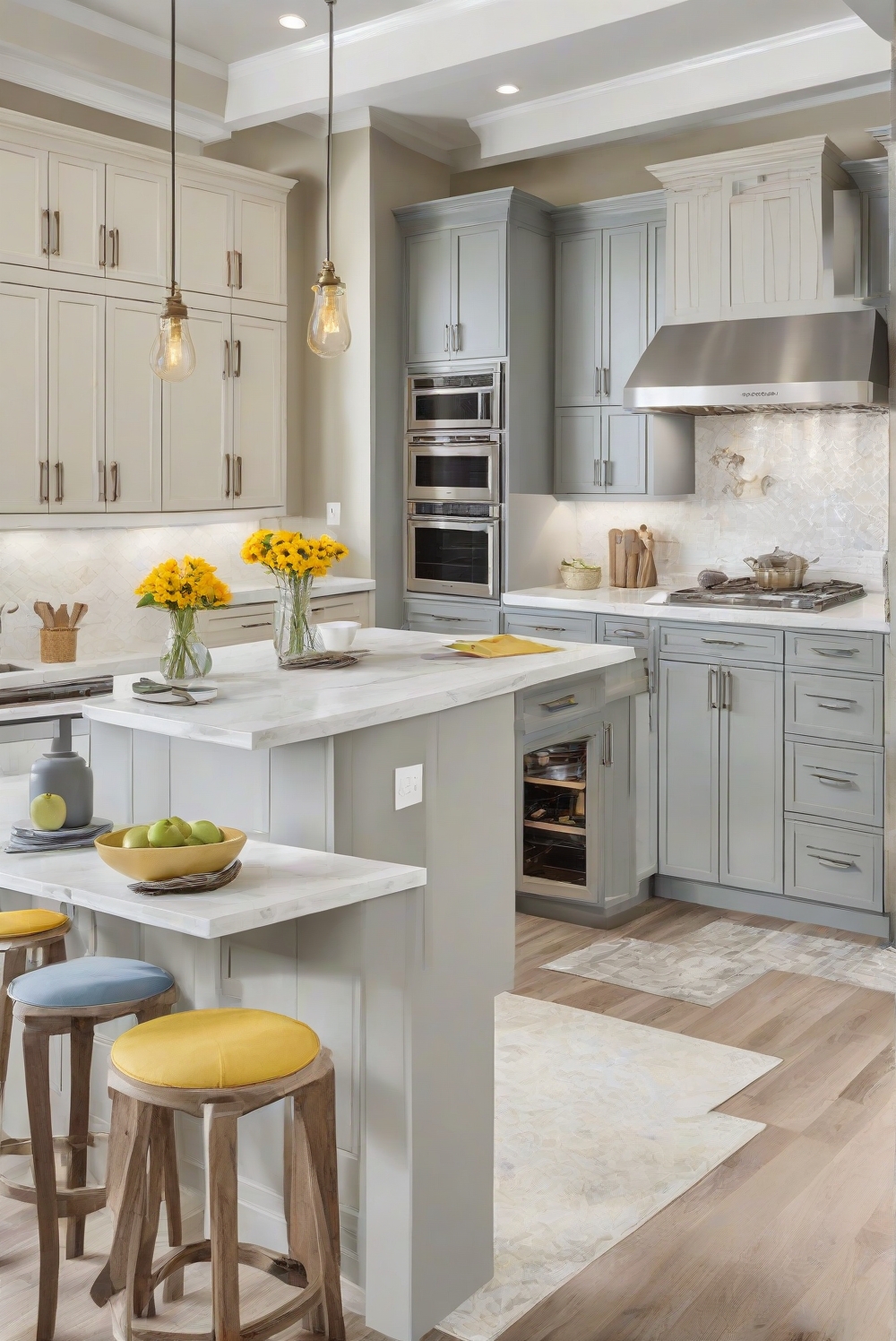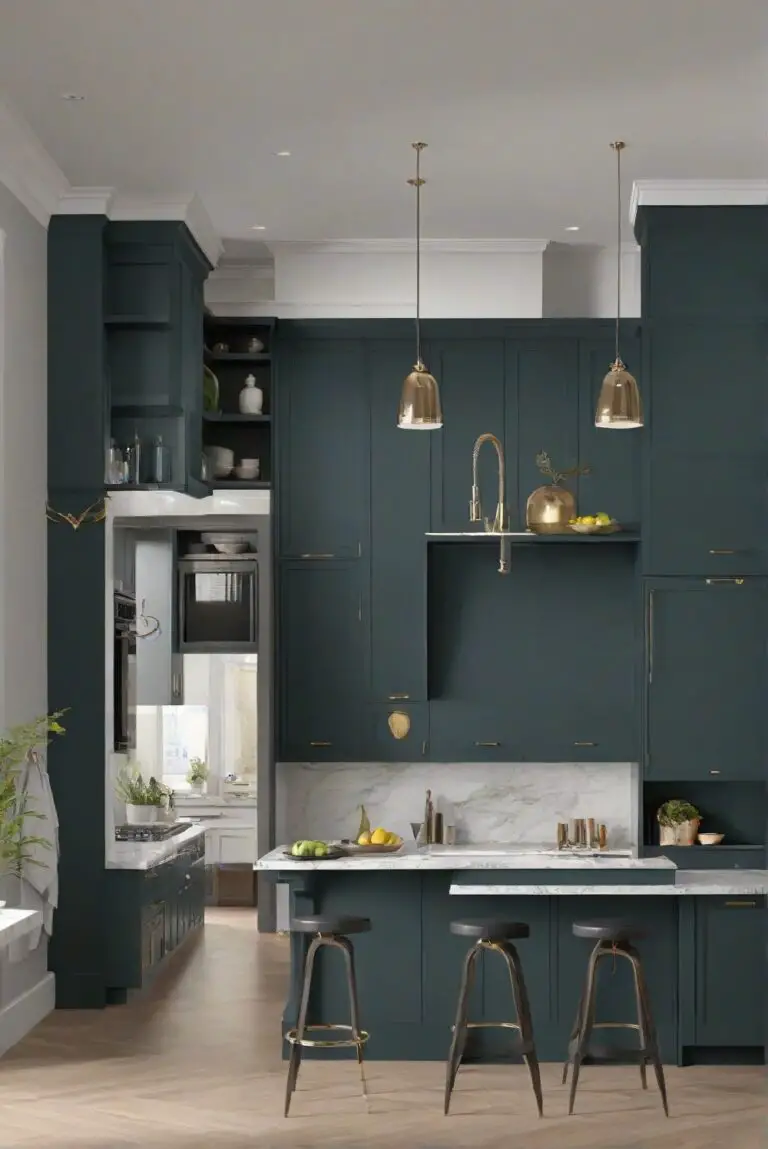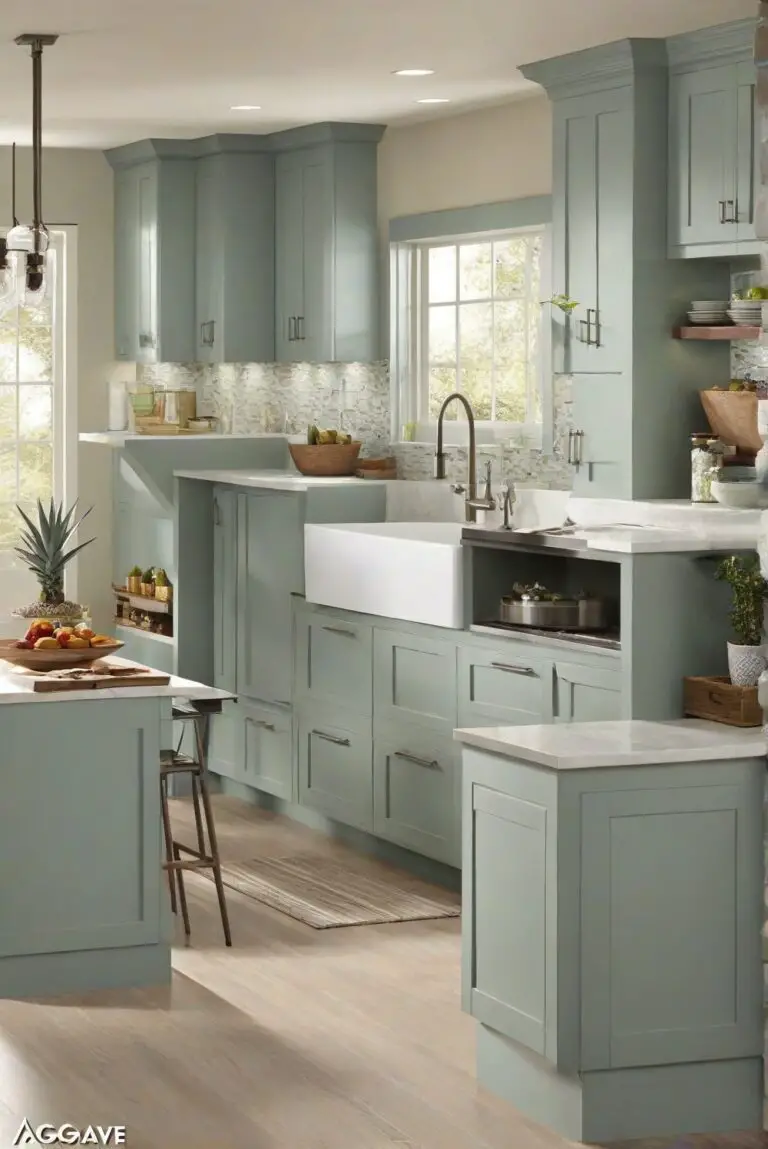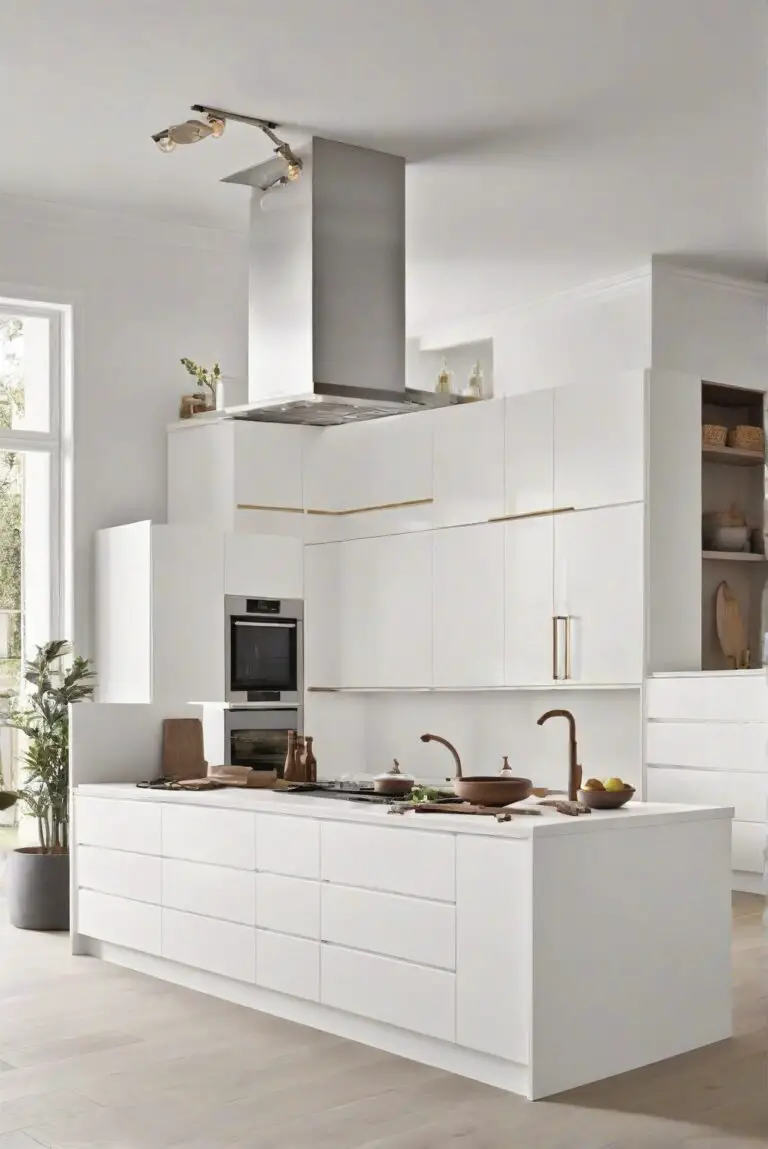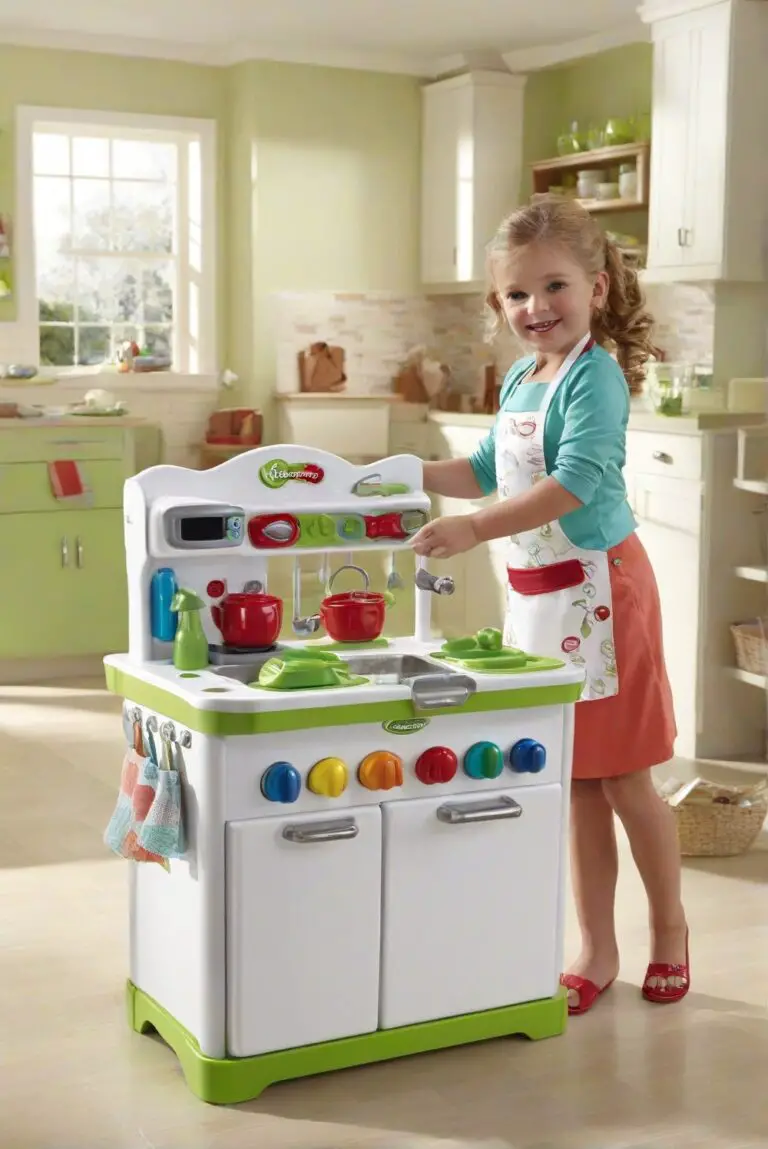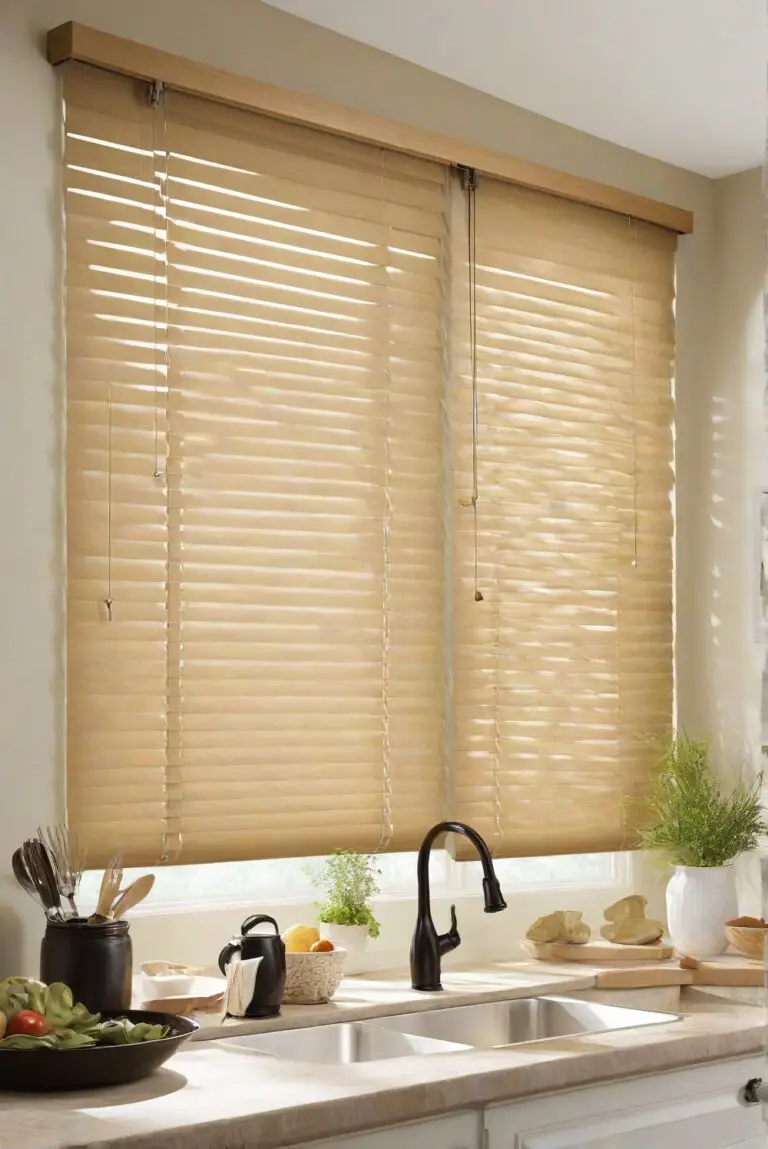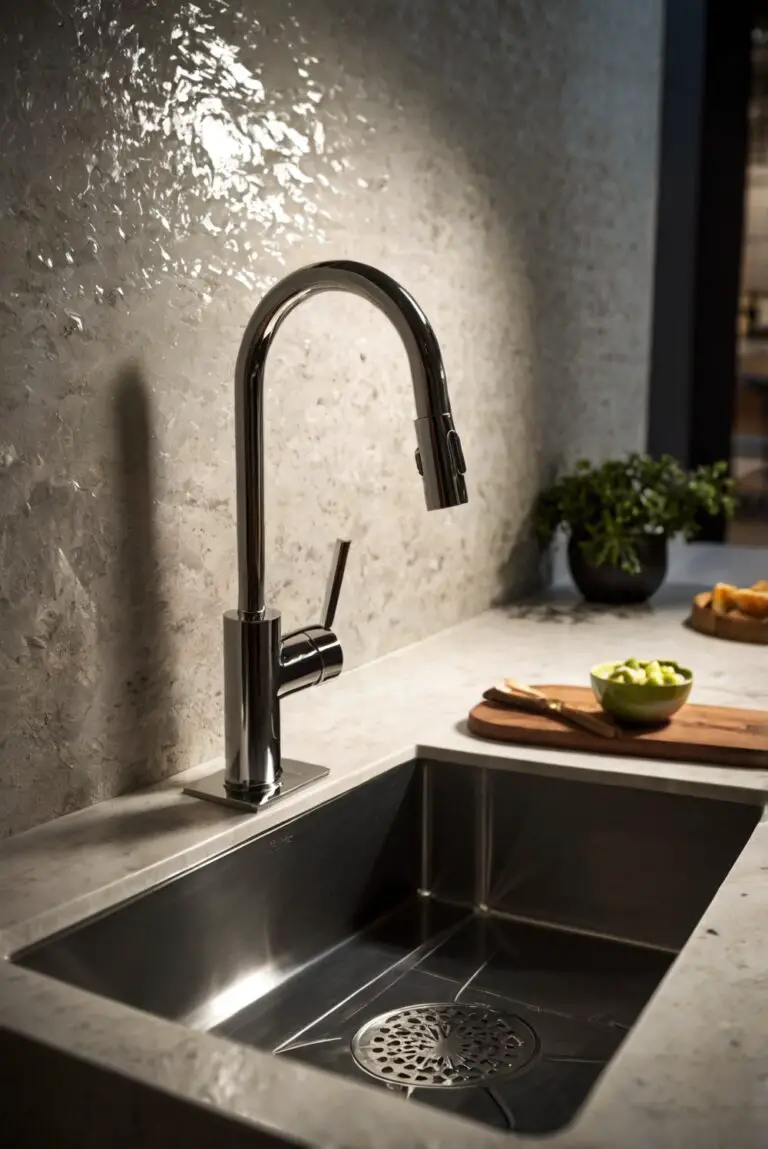In this daily interior designer routine, discover the secrets of selecting the perfect color scheme for your kitchen. Explore tips for creating a stylish and functional space that suits your taste.
Choosing the right color scheme for your kitchen is crucial in creating a welcoming and visually appealing space. Start by considering the size of your kitchen and the amount of natural light it receives. Lighter colors like whites, creams, and pastels can make a small kitchen feel more spacious, while dark colors can add a dramatic touch to a larger kitchen.
When choosing colors, consider the overall style of your home decor. For a cohesive look, pick colors that complement the existing color palette in your home. If you’re unsure, neutrals like gray, beige, or taupe are safe choices that can easily be paired with other colors.
My Lovely Spring Paint for 2025
Ready for a Spring Makeover? Explore the Freshest 2025 Paint Trends!
White Sage/Green SW Pistachio green Soft blue Honeysweet/Orange Pink Sugar Sage Tint BMAs an Amazon Associate, I may earn a commission from qualifying purchases at no extra cost to you.
Another important factor to consider is your personal style and the mood you want to create in the kitchen. Warm colors like reds, oranges, and yellows can create a cozy and inviting atmosphere, while cool colors like blues and greens can lend a calming and refreshing feel.
To avoid overwhelming the space, use a maximum of three colors in your color scheme. This will help create a harmonious and balanced look. When selecting paint colors, consider using a primer to ensure better adhesion and a more even finish.
For a cohesive look, match the color of your walls with other elements in the kitchen, such as cabinets, countertops, and backsplash. This will help tie the design elements together and create a unified look.
My fAV Spring DECOR for 2025
Discover Spring’s Best 2025 Decor Combinations – Perfect for Any Room!
Oversized Indoor Plants White Curved Sofas Rugs BOH Brown Cream Moroccan Hype Boho Rug Outdoor Patio Furniture Sets Topfinel Pillow CoversAs an Amazon Associate, I may earn a commission from qualifying purchases at no extra cost to you.
Remember that color trends come and go, so it’s essential to choose colors that you’ll be happy with for a long time. Consider timeless colors like whites, grays, and muted tones that can stand the test of time.
In summary, when choosing the right color scheme for your kitchen, consider the size of the space, the amount of natural light, your home decor style, personal preferences, and the longevity of the color choice. By carefully selecting colors that resonate with you and complement your space, you can create a beautiful and functional kitchen that reflects your personality and enhances your home interior design.
Color is a fundamental aspect of our visual experience, defined as the perception resulting from the way an object reflects or emits light. It plays a significant role in our lives, influencing our moods, emotions, and even behavior. In the context of interior design, color is a powerful tool that can transform the look and feel of a space. When choosing a color scheme for your kitchen, it’s essential to consider the impact different colors can have on the overall atmosphere of the room.
The color paint recommended for your kitchen should be chosen based on several factors such as the size of the space, the amount of natural light it receives, the style of your kitchen, and your personal preferences. In the case of kitchens, neutral colors like white, beige, and gray are popular choices as they create a clean and timeless look. These colors also make the space appear larger and brighter, which can be particularly beneficial for smaller kitchens or those with limited natural light.
White paint, in particular, is a versatile option that can work well with various styles, from modern to traditional. It provides a clean, crisp backdrop that allows other elements in the kitchen, such as cabinetry, countertops, and appliances, to stand out. White also gives the space a fresh and airy feel, making it a popular choice for kitchens of all sizes.
When writing about white paint for kitchens, it’s important to delve into the reasons why it is a recommended choice. Highlighting its ability to create a sense of spaciousness, brightness, and versatility can help readers understand the benefits of using white paint in their kitchen. Additionally, discussing how white paint can serve as a blank canvas for adding pops of color through accessories or decor items can provide inspiration for readers looking to personalize their space.
In a comprehensive article about white paint for kitchens, you can cover various aspects such as the psychological effects of white color, the best color combinations with white, tips for using white paint in small kitchens, maintenance and cleaning considerations, and popular white paint brands and finishes. Including before-and-after photos of kitchens painted in white can also visually demonstrate the transformative power of this color.
In conclusion, creating a detailed and informative guide on white paint for kitchens can help readers make informed decisions when choosing a color scheme for their own space. By providing in-depth information, tips, and inspiration, you can engage your audience and establish yourself as a trusted source of interior design advice.

